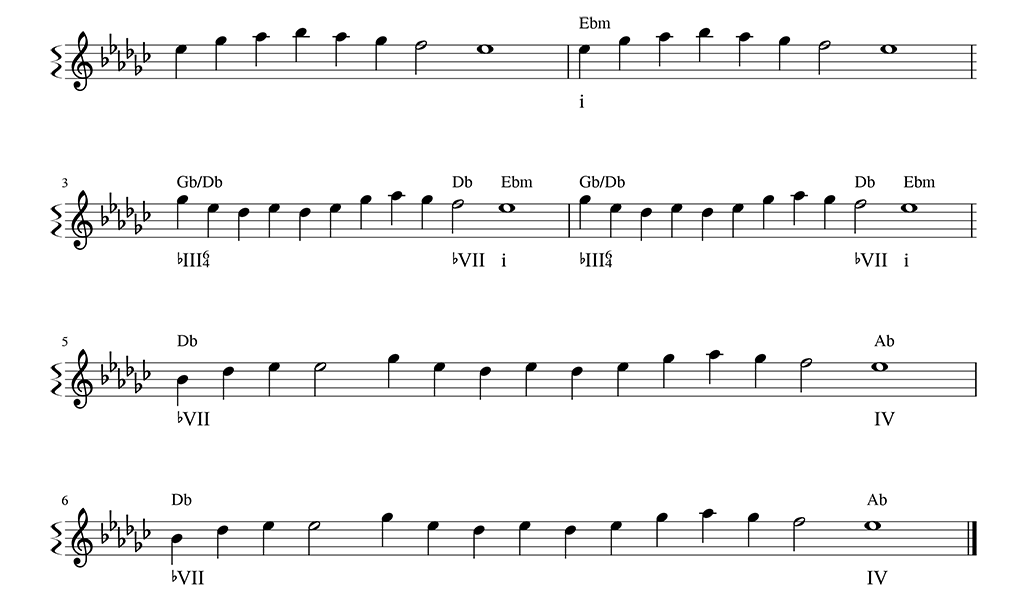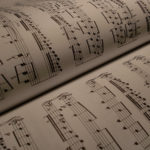Lately, I’ve been listening to a fair amount of Gregorian chant. And I know that sounds strange, but hear me out. They were one of the earliest uses of the “church modes” (or what we now know as the modes of the major scale, although usage is a little different). So what better place to study modes the one of the original sources? And I’ve found an absolutely fantastic use of the dorian mode in “Kyrie Eleison”, a track off Dan Gibson’s album Illuminations: Peaceful Gregorian Chant. Have a listen:
Some of the links in this post are affiliate links. By clicking the link and purchasing the item, I receive a small commission. This is at no extra cost to you. Read my full affiliate disclosure for more information about affiliate links and why I use them.
Oh man… Doesn’t that just wash over you? I get goosebumps every time.
But why? Why do I love this piece so much?
There’s actually a good reason for this. And it has to do with how the dorian mode is being used. Let’s take a look at the theory behind the opening phrase:
Music Theory Level: 8 / 10
This article touches on extended chords, modes, or chromaticism (secondary chords, modulations, etc).
I recommend being thoroughly familiar with diatonic seventh chords and smaller formal structures (binary, ternary, and rondo) before reading through this post.
To learn about this level system and determine what you should be learning, be sure to check my master guide on learning music theory.
Transcription of “Kyrie Eleison”
Here’s a rough transcription of the first few phrases of “Kyrie Eleison”. I’ve included a few different chord symbols. Use what you read best.
*Disclaimer* MuseScore doesn’t have an easy way of notating Gregorian chant, as it doesn’t always have a strict time signature. Did the best I could with the tools. Bear with me. Barlines represent rough end of phrases.

Dorian Mode Usage
Comparing the dorian mode against the natural minor scale (aka the aeolian mode), there’s only one difference. Dorian mode raises the 6th of the minor scale. Since we’re in Eb minor, the usual Cb in the key signature is raised to a C♮.
Fun fact: I really do not like using Cb…
Here’s what I love about the way it’s used in “Kyrie Eleison”. Notice that until the Ab major chord in phrase 5 and 6, there is never a use of Cb or C♮. Intentionally avoiding use of the 6th creates this sort of ambiguity. Are we in dorian or minor? With our ears being more adapted to minor, we sort of assume it to be the case. Once we finally get the C♮, we get that hint of brightness compared to our expectation.
Final Thoughts on “Kyrie Eleison”
This is an absolutely brilliant use of modal harmony (my opinion, of course). Personally, I want to experiment with this sort of delayed modal note technique. Unsure if it would work with all of them, but could prove interesting if it does.
What is your opinion on the “Kyrie Eleison”? Have some other great examples of Gregorian chant? Disagree with my analysis? Let us know in the comments below!
If you enjoyed this track, I recommend checking out the rest of the album too. Some great modal usage in there. Find it on YouTube, Spotify, or purchase it on Amazon.

